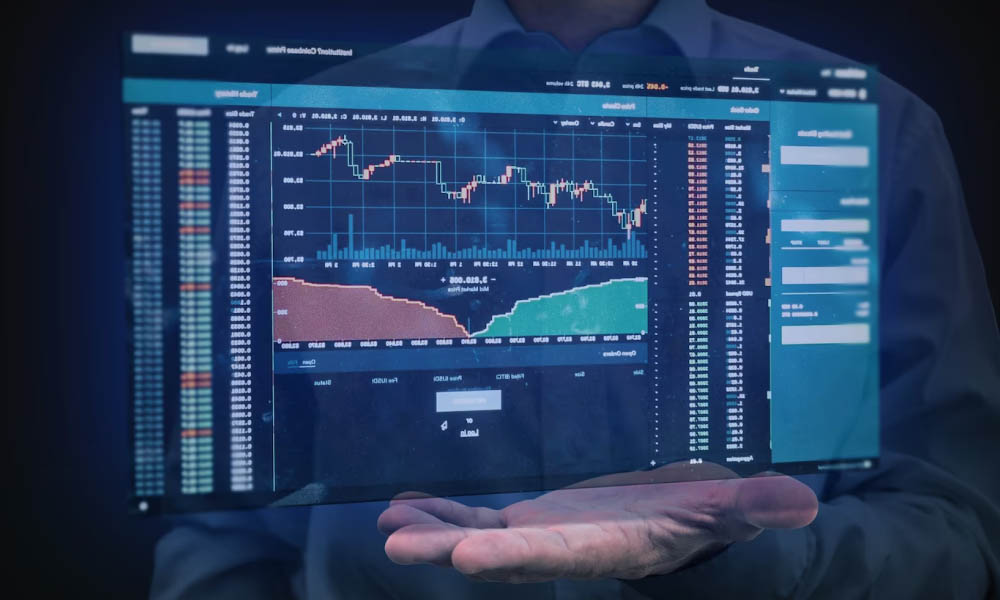
Understanding the Importance of Crypto Trading Support Levels
In the ever-evolving world of cryptocurrency trading, one of the critical concepts that traders must grasp is the idea of support levels. Support levels are essential as they act as a floor for prices, preventing them from falling further. This article will help guide you through the intricacies of crypto trading support levels, including how to identify them, strategies on how to utilize them, and their significance in making informed trading decisions. Additionally, if you’re looking for reliable services for your trading needs, consider checking out Crypto Trading Support Levels https://websitesnewses.com/website-list-591/.
What Are Support Levels?
Support levels are price points on a chart where a downward price trend may pause due to a concentration of demand. At these levels, buyers become more inclined to purchase, creating a barrier that prevents the price from falling below that level. Understanding support is crucial for traders since it assists in predicting price movements and making informed decisions.
There are several ways to identify support levels:
1. **Historical Price Levels**: By reviewing past price movements, traders can identify where the price has previously bounced back.
2. **Moving Averages**: Traders often use moving averages as dynamic support. For instance, the 50-day or 200-day moving average might provide strong support.
3. **Fibonacci Retracement Levels**: Many traders use Fibonacci retracement tools to identify potential support levels based on the Fibonacci sequence.
4. **Trendlines**: Simple lines drawn along successive lows in a price chart can also indicate potential support areas.
The Psychology Behind Support Levels

Understanding the psychological aspect of support levels is paramount. Traders’ behaviors are influenced not just by the numbers but by their reactions to those numbers. When prices approach a support level, traders expect that the buying pressure will be sufficient to halt the downward momentum. As such, they are more willing to enter the market. This collective behavior can create a self-fulfilling prophecy, enforcing support levels and potentially leading to upward momentum.
Utilizing Support Levels in Trading Strategies
1. **Buying at Support**: Investors often use support levels as a trigger to enter long positions. If the price reaches a support zone and shows signs of a potential reversal, it can be a good buying opportunity.
2. **Placing Stop-Loss Orders**: Traders generally place stop-loss orders just below the support level. This strategy minimizes potential losses if the support fails and the price drops significantly.
3. **Setting Price Targets**: Support and resistance levels can also help traders set realistic price targets. After purchasing at a support level, traders can sell when the price reaches an identified resistance level.
4. **Swing Trading Opportunities**: Observing fluctuations around support levels can offer excellent swing trading chances. For instance, a trader might buy a cryptocurrency near a support level and sell it once it approaches a nearby resistance level.
Limitations and Risks of Relying on Support Levels
While support levels are beneficial, traders must recognize their limitations:
– **False Breakouts**: Price may breach a support level momentarily, leading traders into false setups. It’s essential to verify the breach with volume analysis or other indicators.
– **Dynamic Markets**: Cryptocurrencies are highly volatile, and market conditions can change rapidly. Relying solely on support levels without additional analysis can lead to adverse outcomes.

– **Psychological Factors**: Sometimes, support levels may exist in theory but not hold up due to panic selling or other psychological factors in the market.
Additional Tools to Complement Support Levels
To enhance the effectiveness of using support levels in trading, many traders turn to additional tools:
1. **Relative Strength Index (RSI)**: This momentum indicator can help determine whether a cryptocurrency is oversold or overbought, offering additional insights while trading around support levels.
2. **Volume Analysis**: Elevated trading volume at support levels can confirm the strength of these levels. The more volume that accompanies a bounce off a support level, the more significant that support is considered.
3. **Bollinger Bands**: This volatility indicator can help define price levels where support may exist as the price moves closer to the lower band.
Conclusion
Crypto trading support levels are vital components of a trader’s toolkit. A robust understanding of how to identify and utilize these levels can enhance your trading strategy and improve your decision-making process. By recognizing the psychology at play and implementing effective trading strategies around support levels, you can navigate the volatile cryptocurrency market with greater confidence.
As you continue your trading journey, remember that while support levels provide valuable insights, they should not be used in isolation. Combining them with additional indicators and keeping abreast of market conditions is crucial for optimal trading success.

